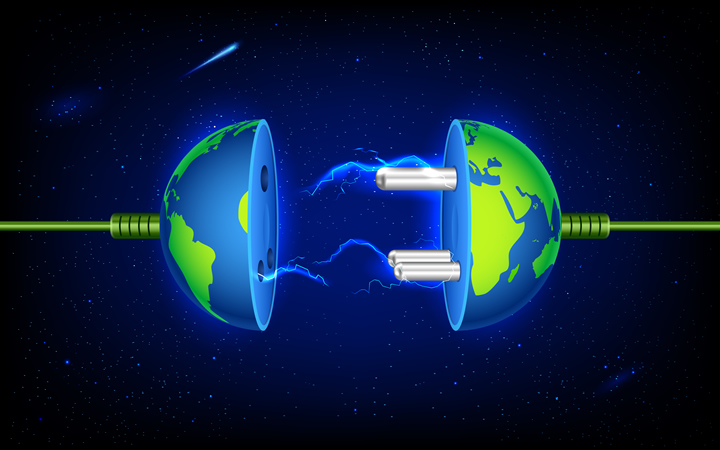How Generators Are Lighting up Remote Areas

The transition to electrification is a global sustainability imperative outlined in the UN’s SDG 7. The scope of this mandate includes ensuring access to clean and affordable energy, even for remote areas. This tiered process entails first providing a reliable source of uninterrupted power to communities and operations outside the main grid’s coverage.
Through the years, generators have been the go-to solution for lighting up remote locations — from off-grid homes and disaster-stricken regions to temporary construction sites and oil field explorations. These versatile machines are essential to meeting electrification goals, though the ‘sustainable’ aspect may be lacking.
The Primary Electricity Source for Remote Areas
Grid extensions and diesel generators are the two most common methods for supplying stable power to isolated regions. The trouble with extension projects is they’re expensive and highly time-consuming.
Diesel generators are the next viable option. They’re a proven and reliable source of electricity even in places without existing power infrastructure.
Cost Effective
The cost of running a generator for prolonged periods is still considerably lower than the initial investment required to extend grid connectivity. Of course, fluctuating fuel prices remain a valid concern, especially amid soaring inflation and geo-political instability.
Accessible
Generators are readily available, whether for sale or rent. Today’s models come in various sizes and output capacities ranging from 5 kW to over 3 megawatts. This is more than adequate for most remote applications, especially since a 50 kW generator can satisfy most personal and small business power demands.
Reliable
Generators provide a solid level of stability and reliability without complicated processes. The important thing is they should be able to carry the load requirements and have sufficient fuel. These systems are so ubiquitous and reliable that they’re used as backup power sources for electric car charging stations. They’re also more straightforward to scale — expanding their performance to handle new or more advanced needs over time.
Support and Maintenance
Troubleshooting and maintaining a generator is nowhere near as complex as grid extensions. In most cases, support services may be readily available so that technical issues don’t stall operations for too long.
Fossil-Fuel Engines Erode Sustainability Efforts
Despite their many advantages, diesel generators are a massive contributor to greenhouse gas emissions.
Several attempts have been made to address this issue by replacing diesel with slightly greener alternatives. For example, natural gas emits fewer greenhouse gases and produces less nitrogen oxides and particulate matter.
The most significant limitation to its widespread use is the transportation challenges. While fuels can be stored and transported in tankers and gallons, gas requires specialized containers and pipeline transfers. The cost of these infrastructures makes it impractical for short-term off-grid operations.
Field testing of hydrogen-powered generators is also underway to generate up to 10 kW to power remote cell towers. Hydrogen can be produced from diverse resources with near-zero emissions. It emits only water vapor and warm air, making it a sustainable solution for future applications. Currently, hydrogen is not produced in large enough amounts to sufficiently replace oil, coal and gas used in electricity generation.
Portable Wind and Solar Power Generators
Renewable sources are also an option. However, these choices depend on accessibility. A wind or solar generator might be inefficient in mining and underwater explorations but could be a perfect electricity source for telecommunications towers. Still, it’s exciting to know that these innovations exist and are setting the foundation for a sustainability overhaul in generator-produced power systems.
Lighting the Path to Sustainable Development
Clean and affordable energy supply in line with global electricity agendas involves continued reliance on generators for the foreseeable future. The only difference is the type of fuel used to power the machinery.
In the meantime, stakeholders are adopting a hybrid approach, integrating fossil fuels with renewable sources. This will be a transition phase during which remote power generation will move toward sustainable innovations as access improves.
Comments (0)
This post does not have any comments. Be the first to leave a comment below.
Featured Product

